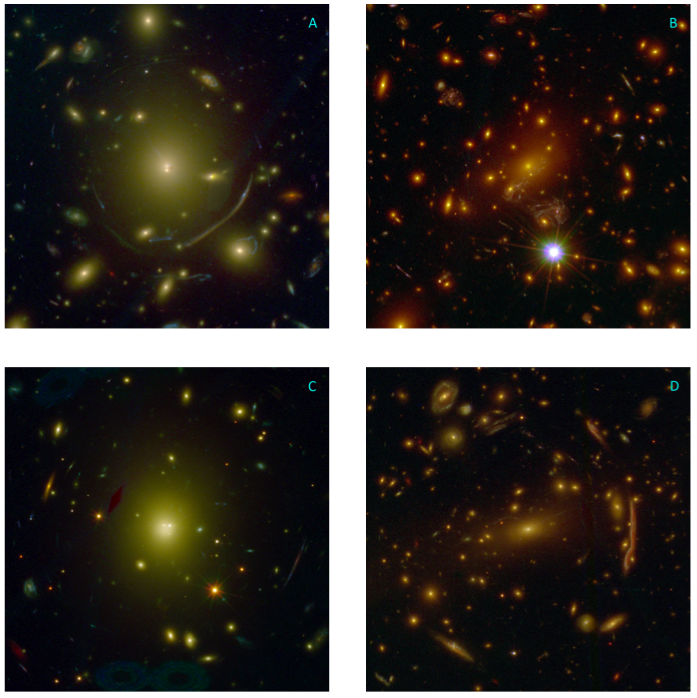8. Weighing the Dark Matter in Galaxy Clusters with Hubble
- Title: The Cluster Lensing and Supernova Survey with Hubble: An Overview
- Authors: M. Postman, D. Coe, N. Benítez, et al.
- First Author’s Institution: Space Telescope Science Institute, Baltimore
Why it is important: The distribution of dark matter traces the formation of structure in the universe. Galaxy clusters represent some of the most massive dark matter groupings we can observe, and so determining how their mass is distributed lets us probe how the largest structures formed. Because such massive structures are rare, they can also be a powerful probe of cosmological models.


Hi Betsy:
Just a note– it looks like the arXiv link that you have on the first page of this article does not link to the title you provide.
The link looks like it goes here:
http://arxiv.org/abs/1106.0499
“How supernova feedback turns dark matter cusps into cores”
instead of here:
http://arxiv.org/abs/1107.1261
“Keck Spectroscopy of Faint 3<z<8 Lyman Break Galaxies:- Evidence for a Declining Fraction of Emission Line Sources In the Redshift Range 6<z<8"
Thanks,
Dave
Ah, actually the links are just switched–
Thanks,
Dave
Thanks Dave! The links are now fixed.
Fascinating articles! But counting citations seriously distorts what astronomy is about. Because most young astronomers today work in observational cosmology, 10/12 papers are on that topic, the most glamorous frontier. But 10/12 of the most significant new papers of 2012 (selected some other way) paint a certainly much broader canvas, and reflect the amazing scope of astronomical research!
Only the search for new planets (another glamour topic) and new calculations of the evolution of rotating stars in the HR diagram (a classic issue in stellar astronomy) penetrated the top twelve. So much more was missing!
Nonetheless, an interesting citation poll.
Hi, I think the mass-to-light ratio of a low-mass star is higher than that of a high-mass star. In addition, the Salpeter IMF has more low-mass stars than the Kroupa and Chabrier IMFs.
I think that the article in astrobites has more detail introduction:
http://astrobites.com/2012/02/16/the-imf-is-not-universal/
Yes, I had the mass-to-light ratio section entirely backward; this is now corrected (and consistent with the linked astrobite). Thank you!!